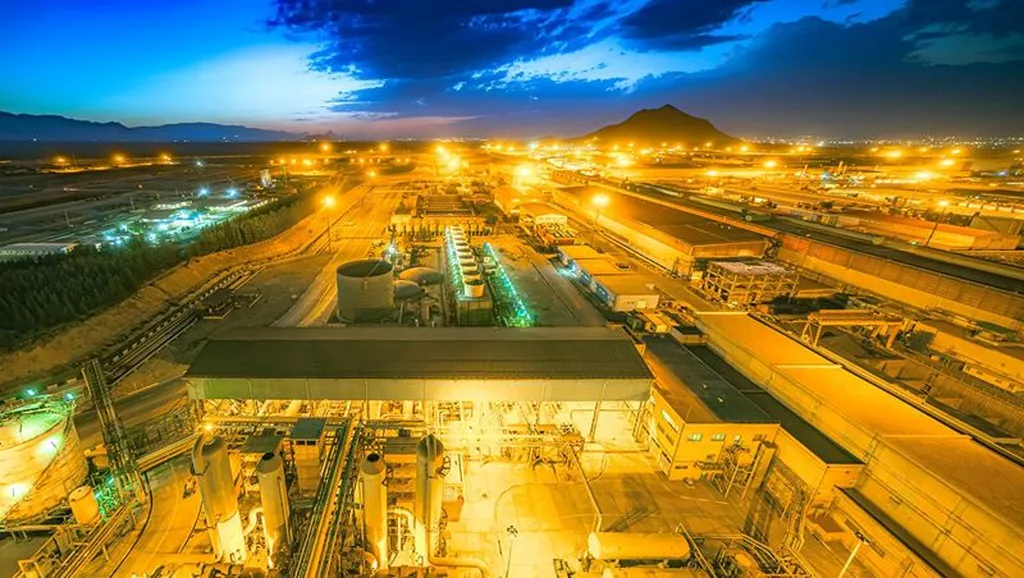In the heart of Iran, researchers are making waves in the world of materials engineering, and their work could have significant implications for industries like energy, where the performance of materials under stress is paramount. Dr. Daryoush Mohammad-Nejad, from the Department of Materials Engineering at Babol Noshirvani University of Technology, has been leading a team exploring the potential of integrated surface thermomechanical treatment (STMP) and cold rolling to enhance the properties of AISI 1010 steel, a mild steel commonly used in various industrial applications.
The team’s findings, recently published in the journal *Results in Materials* (translated from Persian as “Materials Research Results”), reveal a fascinating interplay between processing conditions and material properties. By varying the traverse speed during STMP, they were able to control the microstructure and mechanical characteristics of the steel sheets. “We observed that as we reduced the traverse speed, the grain size increased, and the hardness decreased,” Mohammad-Nejad explained. This is due to a phenomenon called dynamic recrystallization, where the material softens and the grains coarsen under the heat input.
The implications for the energy sector are substantial. In applications such as pipelines, pressure vessels, and structural components, materials are often subjected to high stresses and harsh environments. The ability to tailor the properties of mild steel through controlled processing could lead to more robust, efficient, and cost-effective solutions. For instance, the enhanced toughness observed at certain traverse speeds could improve the material’s resistance to fracture, a critical factor in ensuring the safety and reliability of energy infrastructure.
Moreover, the trade-off between strength and ductility highlighted in this research could guide engineers in selecting the optimal processing conditions for specific applications. “Our findings indicate a delicate balance between strength and ductility, governed by the heat input’s influence on grain refinement and hardness,” Mohammad-Nejad noted. This understanding could pave the way for the development of advanced materials with tailored properties, meeting the evolving demands of the energy sector.
The research also opens up new avenues for exploring the potential of other materials and processing techniques. As Mohammad-Nejad and his team continue to push the boundaries of materials engineering, their work could inspire further innovations in the field, shaping the future of material performance and application.
In an era where the energy sector is constantly seeking more efficient and reliable materials, this research offers a promising glimpse into the potential of advanced processing techniques. As the world grapples with the challenges of climate change and the need for sustainable energy solutions, the work of researchers like Mohammad-Nejad serves as a reminder of the power of innovation and the importance of understanding the fundamental principles that govern material behavior.

